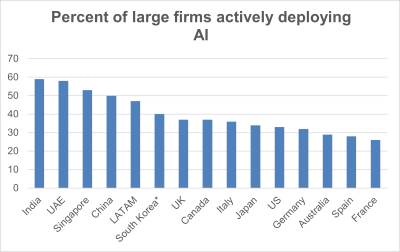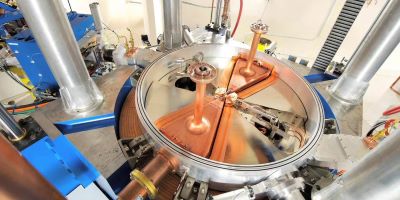The Short Report: July 3, 2024
$1 billion federal funding for Canadarm3, $8.5 billion for two Polar icebreakers, investors can help ensure responsible AI development, national strategy for nuclear fusion energy, habitual entrepreneurs have brain differences compared with managers, CO2 removal technologies must be rapidly scaled up, and more.
Other stories mentioning these organizations, people and topics
Other News
Events For Leaders in
Science, Tech, Innovation, and Policy
Discuss and learn from those in the know at our virtual and in-person events.
See Upcoming Events
You have 0 free articles remaining.
Don't miss out - start your free trial today.
Start your FREE trial Already a member? Log in
By using this website, you agree to our use of cookies. We use cookies to provide you with a great experience and to help our website run effectively in accordance with our Privacy Policy and Terms of Service.




